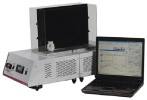Authors
L. Chen, J. Huang, P. Zhao. AK Persson, FB Dib-Hajj, X Cheng, A Tan, S Wanman, SD Dib-Hajj
Lab
Yale University School of Medicine, New Haven, CT, USA
Journal
Scientific Reports
Abstract
Voltage-gated sodium channels NaV1.7, NaV1.8 and NaV1.9 have been the focus for pain studies because their mutations are associated with human pain disorders, but the role of NaV1.6 in pain is less understood. In this study, we selectively knocked out NaV1.6 in dorsal root ganglion (DRG) neurons, using NaV1.8-Cre directed or adeno-associated virus (AAV)-Cre mediated approaches, and examined the specific contribution of NaV1.6 to the tetrodotoxin-sensitive (TTX-S) current in these neurons and its role in neuropathic pain. We report here that NaV1.6 contributes up to 60% of the TTX-S current in large, and 34% in small DRG neurons. We also show NaV1.6 accumulates at nodes of Ranvier within the neuroma following spared nerve injury (SNI). Although NaV1.8-Cre driven NaV1.6 knockout does not alter acute, inflammatory or neuropathic pain behaviors, AAV-Cre mediated NaV1.6 knockout in adult mice partially attenuates SNI-induced mechanical allodynia. Additionally, AAV-Cre mediated NaV1.6 knockout, mostly in large DRG neurons, significantly attenuates excitability of these neurons after SNI and reduces NaV1.6 accumulation at nodes of Ranvier at the neuroma. Together, NaV1.6 in NaV1.8-positive neurons does not influence pain thresholds under normal or pathological conditions, but NaV1.6 in large NaV1.8-negative DRG neurons plays an important role in neuropathic pain.
BIOSEB Instruments Used:
Thermal Place Preference, 2 Temperatures Choice Nociception Test (BIO-T2CT)

 Douleur - Allodynie/Hyperalgésie Thermique
Douleur - Allodynie/Hyperalgésie Thermique Douleur - Spontanée - Déficit de Posture
Douleur - Spontanée - Déficit de Posture Douleur - Allodynie/Hyperalgésie Mécanique
Douleur - Allodynie/Hyperalgésie Mécanique Apprentissage/Mémoire - Attention - Addiction
Apprentissage/Mémoire - Attention - Addiction Physiologie & Recherche Respiratoire
Physiologie & Recherche Respiratoire




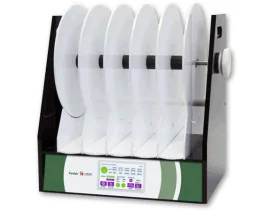



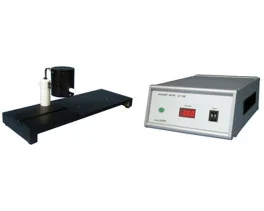



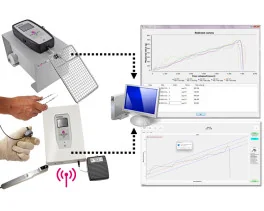






















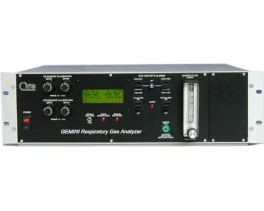
 Douleur
Douleur Système Nerveux Central (SNC)
Système Nerveux Central (SNC)  Neurodégénérescence
Neurodégénérescence Système sensoriel
Système sensoriel Système moteur
Système moteur Troubles de l'humeur
Troubles de l'humeur Autres pathologies
Autres pathologies Système musculaire
Système musculaire Articulations
Articulations Métabolisme
Métabolisme Thématiques transversales
Thématiques transversales Congrès & Meetings
Congrès & Meetings 